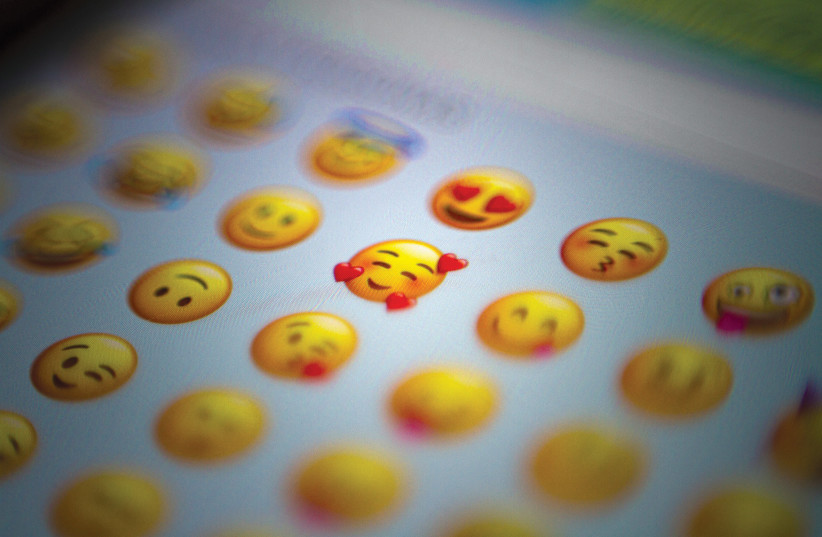Those who regularly send emojis should consider the potential for misinterpretation by those who receive them. As stylized images of faces express different emotions, emojis can add both emotional nuances as well as potential ambiguity to electronic messages.
Gender, culture, and age all appear to play a role in how emojis are interpreted, according to a study just published in the prestigious journal PLOS ONE by Yihua Chen, Xingchen Yang, and colleagues from the University of Nottingham in the UK. It was entitled “Individual differences in emoji comprehension: Gender, age, and culture.”
“Communication plays an essential role in our daily lives, during which we convey information to others using both verbal and non-verbal behavior. With the development of Information and Communication Technologies, computer-mediated communication (CMC) is widespread and growing exponentially especially text-based communication, the authors note.
“There are many advantages of CMC, including facilitating communication regardless of time and location, facilitating the archiving of information, and maintaining the continuity of relationships. Although online communication is convenient and efficient, many people would choose to communicate face-to-face when to express emotions, since non-verbal information would be lost in the process of online communication and may lead to unnecessary misunderstanding.”
The study was comprised of hundreds of participants of different ages, gender, and culture
To understand how these factors may influence emoji interpretation, the researchers assembled a group of 253 Chinese and 270 UK adults (51% women and the rest men, ranging in age from 18 to 84 years old) to review 24 different emojis the authors selected to represent six basic emotional states: happy, disgusted, fearful, sad, surprised, and angry.

The researchers assessed how often participants’ interpretations of the emojis’ meanings matched the emotion labels assigned by the study authors. They found that the older the participant, the less their interpretations matched the labels for surprised, fearful, sad, and angry emojis. Women’s interpretations of happy, fearful, sad, and angry emojis were more likely to match the labels than men’s. UK participants’ interpretations were more likely than the Chinese participants to match the assigned labels for all but the disgusted emoji.
Since only six basic emoji types were used, they may not correspond exactly with emojis as used in real life with access to all potential emoji types. For instance, the emoji chosen to represent “disgust” in this study is classified as “confounded face” on Unicode.org, which possibly explains why there was difficulty across all participants in classifying this face.
The more-primitive emoticons – punctuation marks, numbers, and letters used to create pictorial icons that generally display emotion or sentiment – and emoji were introduced as a compensatory mechanism Given their increasing importance in communication, the new study was meant to investigate whether there are individual differences in the emotional labels that people choose to assign to emoji.
The results underscore the importance of context when using emojis—for instance, the possibility that the “smile” emoji categorized as “happy” in this study is not always used to signify happiness, especially for Chinese participants. Furthermore, some demographic differences were partially mediated by participants' familiarity with a particular emoji; future studies should examine individual differences in the interpretation of a wider selection of frequently used emoji both in and out of context.
The authors note the ambiguity of emojis is a topic worth further research, especially when communicating across gender, age, or cultures.
